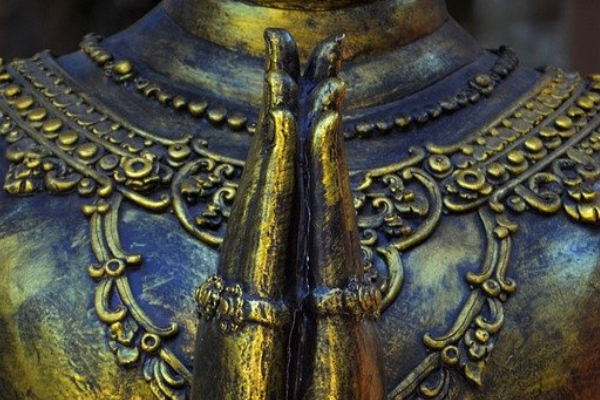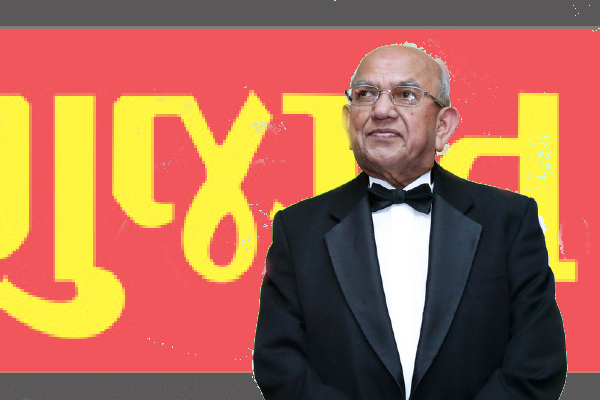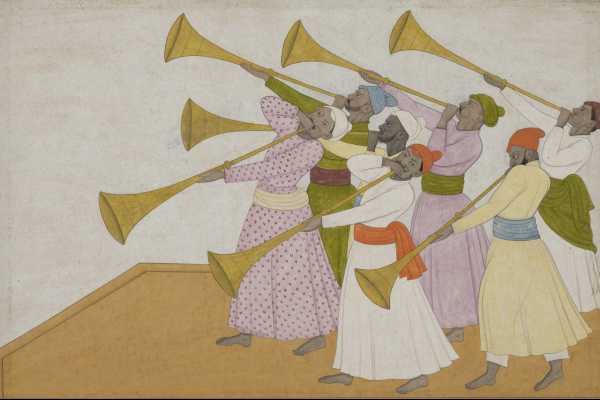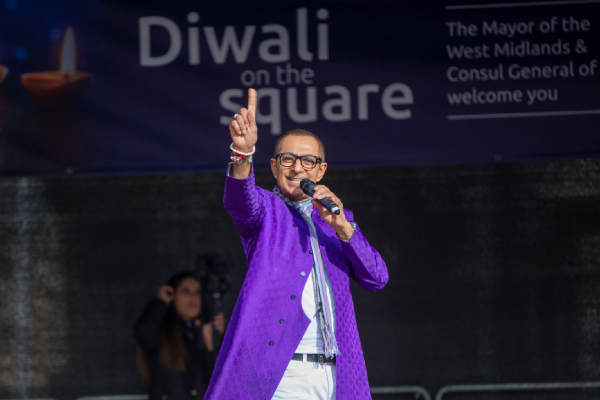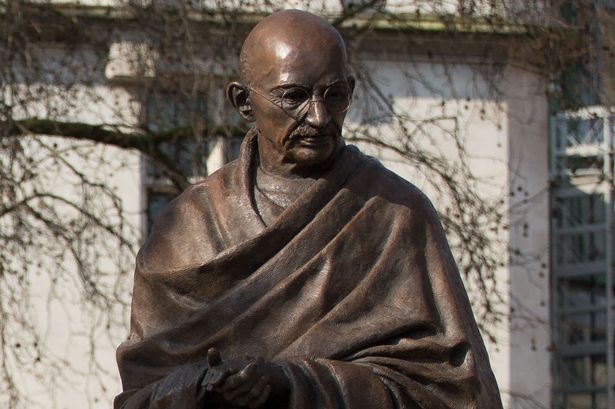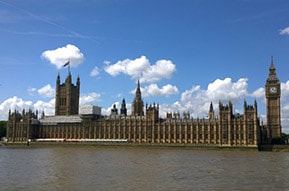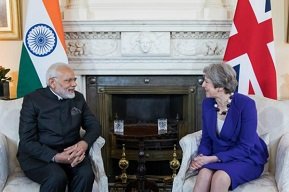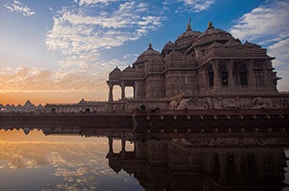Is it the last of Hindus and Sikhs in Afghanistan?
The last numbers of Hindus and Sikhs are to leave Afghanistan as soon as the Indian Government makes the necessary arrangements. This action comes amidst the continuous spate of attacks on religious minorities by Islamist fundamentalists.
Official demographic statics are hard to obtain in Afghanistan. According to Afghan media, there were around 220,000 Hindus and Sikhs in the country 1980s. Their numbers rapidly declined to approximately 15,000 when the Taliban took over. In the last year or so there has been less than 1,000. According to Indian officials, there are around 575 Sikhs and Hindus living in Afghanistan who they are now trying to evacuate.
The recent concern comes after 25 Sikhs were killed in a terror attack in a Gurdwara in March 2020. The Islamic State claimed the attack, but intelligence source says that the assault was planned and executed by the Pakistani based terror group Haqqani Network and Lashkar-e-Taiba (LeT). Even more recently, there was the abduction of 11 Hindus and Sikhs which prompted the Indian Government to speed up the emigration process.
The majority of the Hindus and Sikhs are Punjabis and Sindhis whose ancestry goes back to the 19th century when many Indian merchants travelled to Afghanistan. However, the collapse of the Democratic Republic of Afghanistan in 1992, the Hindu and the Sikh population dwindled with many emigrating to India, the European Union, USA and Canada.
The country is riddled with Taliban extremists who were forcing people to convert, leave the country or die. Hindus and Sikhs were forced to wear yellow badges in public to identify them as non-Muslims. The women had to wear burqas. They had to go to the mosque for prayers or be punished. It was brutal, and the persecution continues as the Taliban hates Dharmic faith communities who worship idols.
While there was some condemnation worldwide, Afghanistan was in such disarray with the conflict amongst its people and western forces; the other minorities were far down the pecking order. Some lawmakers did highlight the issue as the yellow badges were seen like what the Nazis did to the Jews in the Second World War. In the USA, when the issue was discussed in the Senate, some lawmakers, to their credit wore yellow badges with the inscription “I am a Hindu.”
As religious persecution was rife, Hindu and Sikhs often used to share their places of worship. In fact, Hindus and Sikhs were collectively known as Hindki. The majority of this population was based in the capital Kabul. In the new Afghanistan with the massive deployment of American and European troops, there were two seats reserved for Hindus in parliament, and the economic advisor to former President Hamid Karzai was an Afghan Hindu. In 2013 the reservation was scrapped was religious minorities and hence the official nail in the coffin for Hindus and Sikhs.
It is presumed that India’s new Citizenship (Amendment) Act, 2019 will aid Afghan Hindus and Sikhs to gain Indian citizenship. The Act reduces the period of mandatory stay in India from 11 years to five years for minorities from Afghanistan.
The Indian Government will get the Hindus and Sikhs back into the safety of India. The Hindus and Sikhs of will leave the final remnants of their legacy which will no doubt be washed away as the places of worship will be destroyed, and the culture perhaps remembered for a few years before it too will disappear. Maybe one day, the Afghans will realise what they’ve done to its people who just happen not to be Muslim!





